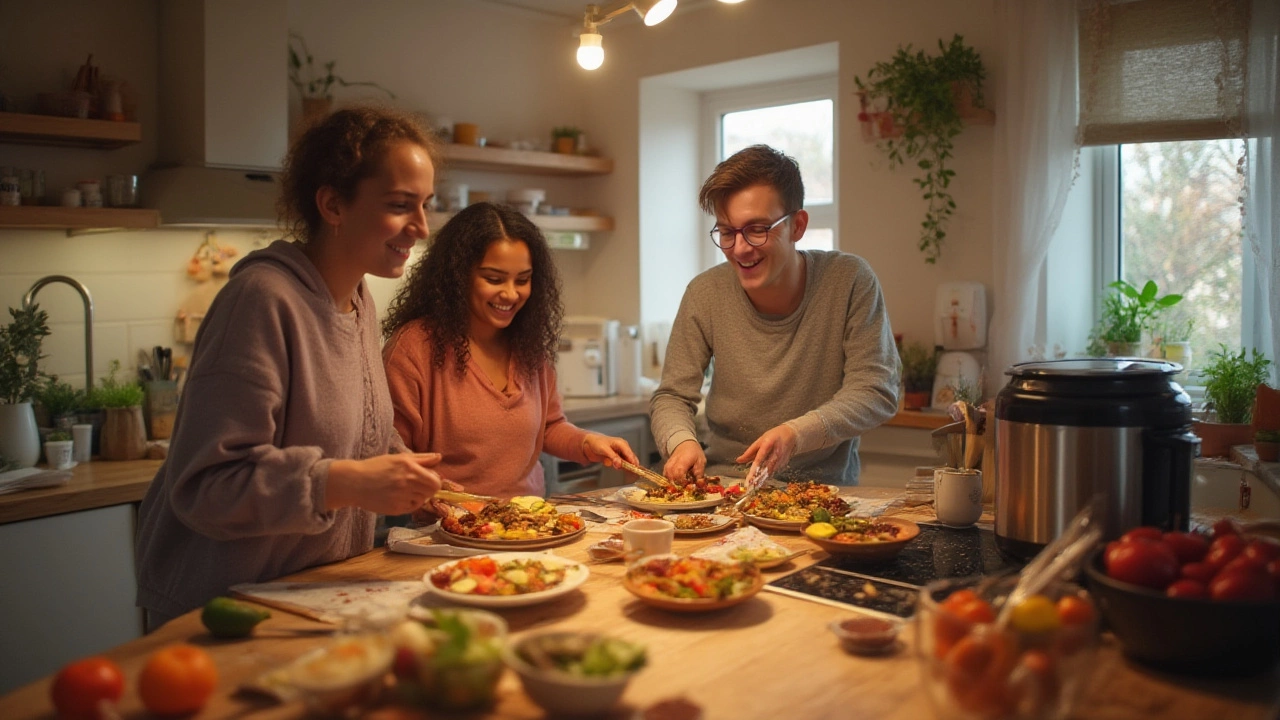Pressure Cooker vs Crockpot: Which One Suits Your Kitchen?
If you’ve ever stood in the aisle staring at a shiny pressure cooker on one side and a bulky crockpot on the other, you know the dilemma. Both promise hands‑off cooking, but they work in opposite ways. Understanding the basics helps you stop guessing and start cooking the right way.
Key Differences You Should Know
A pressure cooker traps steam, raising the internal temperature to 120‑130 °C (250‑265 °F). That high heat cuts cooking time dramatically – think beans in 30 minutes instead of hours. A crockpot, or slow cooker, sits at low temperatures (70‑95 °C / 160‑200 °F) and lets food simmer for 4‑10 hours, turning tough cuts into tender bites.
Because of the temperature gap, a pressure cooker keeps more nutrients that would otherwise break down in long‑slow heat. On the flip side, the slow, low heat of a crockpot gives flavors time to meld, which is why stews and braises often taste richer when cooked slowly.
Energy use also varies. A pressure cooker runs for a short burst, so it usually uses less electricity than a crockpot that stays on for half a day. However, the crockpot’s low wattage means the total cost stays modest, especially if you’re already planning a set‑and‑forget meal.
When to Use Each Appliance
Pick a pressure cooker when you need speed. It’s perfect for busy weeknights, quick beans, rice, or when you’re short on time but still want a one‑pot dinner. Remember to release the steam safely – either quick release for veggies or natural release for meats.
Reach for a crockpot when you have time to spare and want that “home‑cooked” feel. It excels at low‑and‑slow dishes like pulled pork, chili, or oatmeal. You can drop ingredients in before work and come home to a ready‑to‑eat meal.
Both tools can handle many of the same recipes with a little tweaking. For example, a beef stew that takes 8 hours in a crockpot can be done in 30 minutes in a pressure cooker – just adjust the liquid amount and use the “sear” function first if your model offers it.
Safety is another point. Modern pressure cookers have multiple safety valves, making them far safer than the older stovetop versions. Crockpots have fewer moving parts, so they’re low‑maintenance, but you must avoid over‑filling to prevent spills.
In practice, many cooks keep both appliances. The pressure cooker handles quick meals, while the crockpot is the go‑to for batch cooking on weekends. If you can only buy one, think about your schedule: tight evenings = pressure cooker, relaxed weekends = crockpot.
Bottom line: Neither appliance is universally better. Choose based on how fast you need the meal, the type of flavor you prefer, and the amount of kitchen time you can spare. With the right tool, even simple ingredients turn into tasty, satisfying dishes.
Fastest Cooking Methods: Alternatives to Crockpots for Quick Meals
Tired of waiting all day for a crockpot meal? Discover fast cooking methods and appliances that get dinner done in a fraction of the time.
